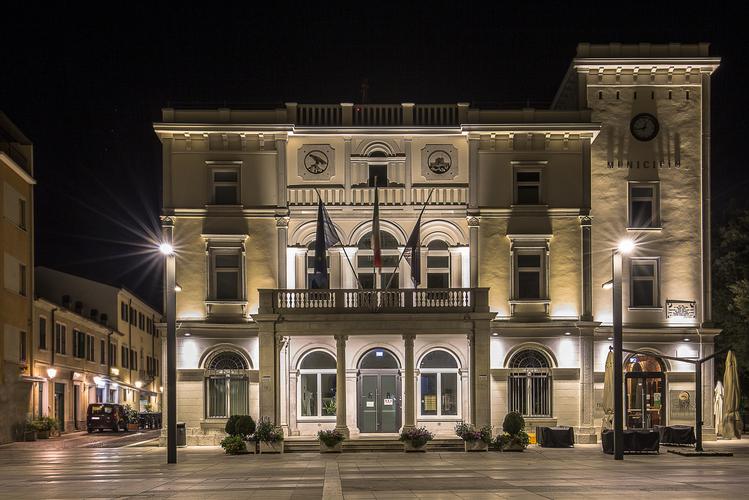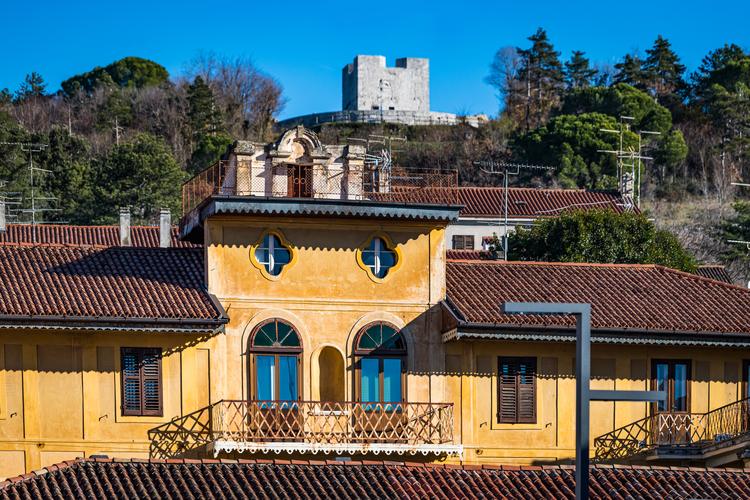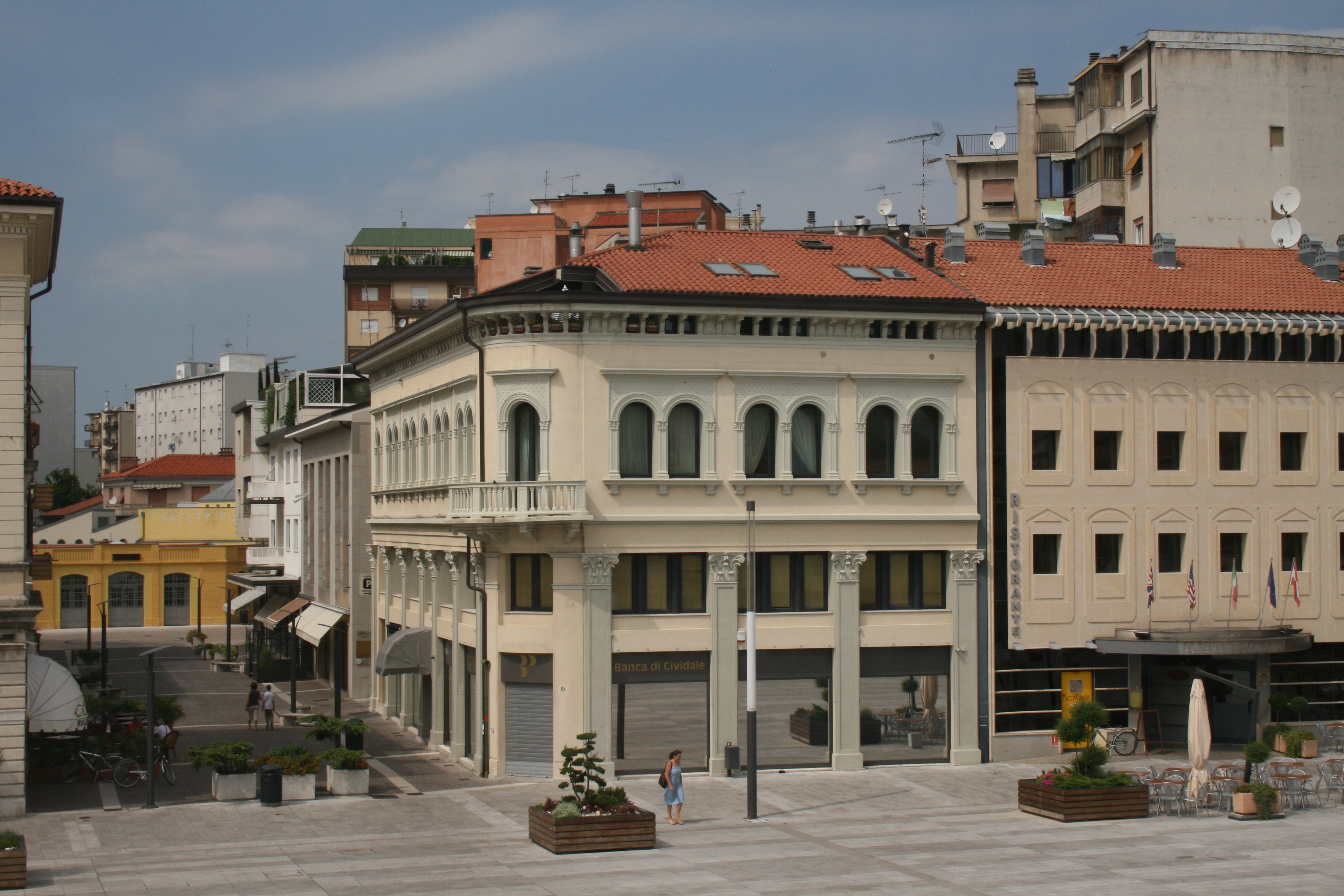
Seventeenth- and eighteenth-century maps of Monfalcone depict a vast open space at the centre of which rises a column on which rests the lion of St Mark. This widening, bordered by the main public road, the artificial canal and the streets leading to the town’s hamlets, was called ‘Raparo’ and was used as a market area and square of weapons. The town's development during the 19th century under Austrian rule saw the disappearance of the bridge over the San Giusto artificial canal and its covering. Known as Piazza Grande, it was renamed Piazza del Municipio in 1912, and a multi-armed lamppost (Pilo) was placed in place of St Mark’s column. During the Fascist period, it was called Piazza Littorio but was known as ‘biscotto’ (cookie) due to the shape of the central pedestrian area. It later took the name Piazza del Popolo and, finally, Piazza della Repubblica. The recent redevelopment has given continuity by reproposing the signs of history with the positioning of the Pilo and the Lion of St Mark.
Image gallery
The other points of interest in the same itinerary
-
Via Sant’Ambrogio
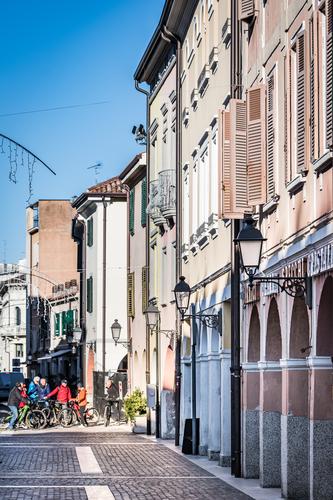
-
The Duomo di Sant’Ambrogio
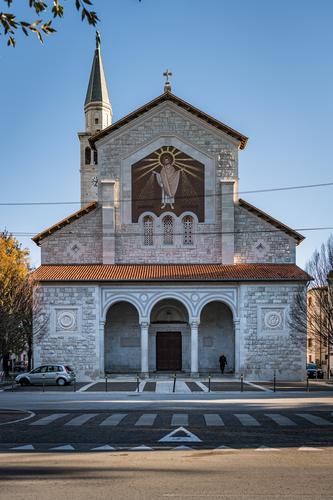
-
War Memorial
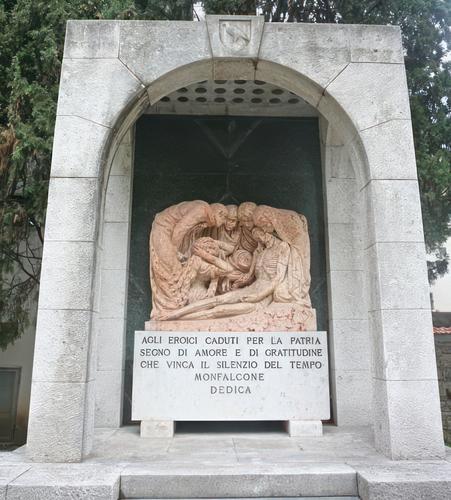
-
San Marco fountain
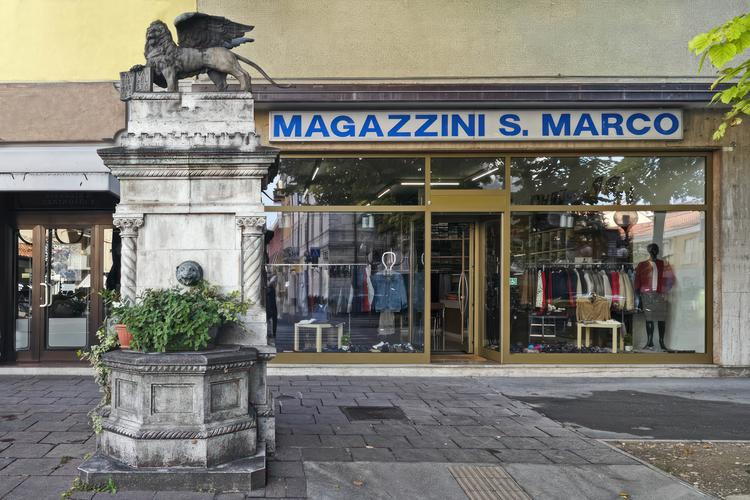
-
Palazzetto Veneto

-
Teatro Comunale
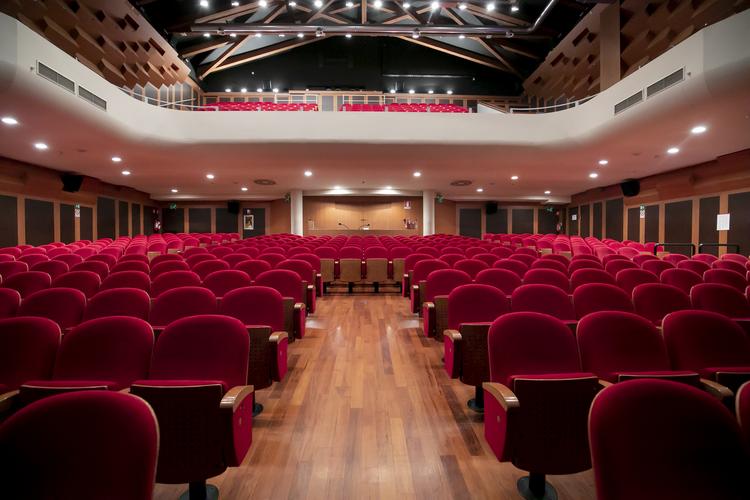
-
Piazza Falcone e Borsellino
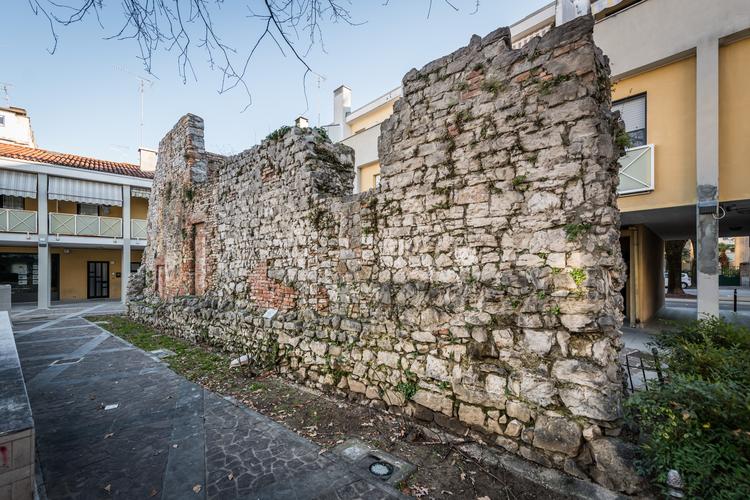
-
The gardens of Piazza Unità

-
‘Antiche Mura’ Gallery
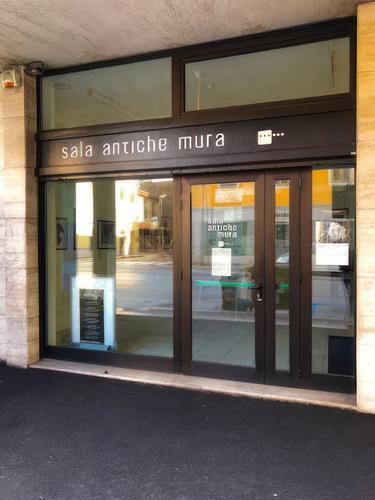
-
Municipal Library and Historical Archive
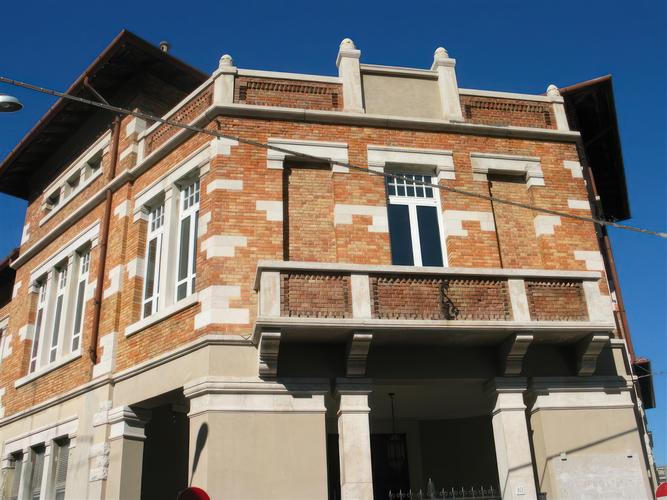
-
Historical buildings on Piazza della Repubblica

-
Galleria Comunale d’Arte Contemporanea

-
Chiesa del Rosario
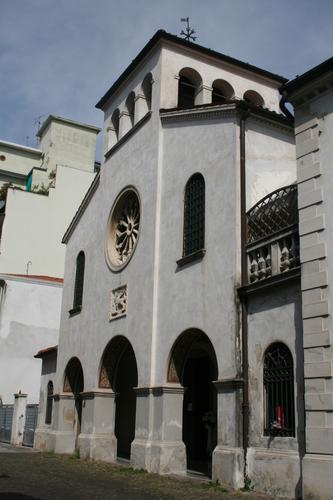
-
The Town Hall
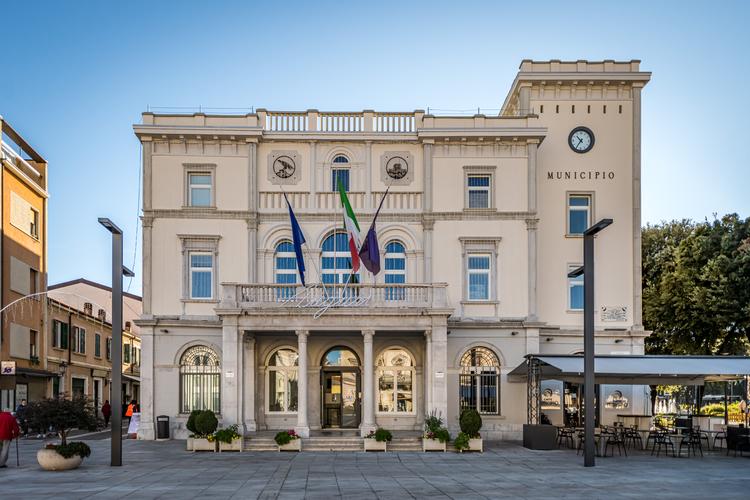
-
Medieval Museum
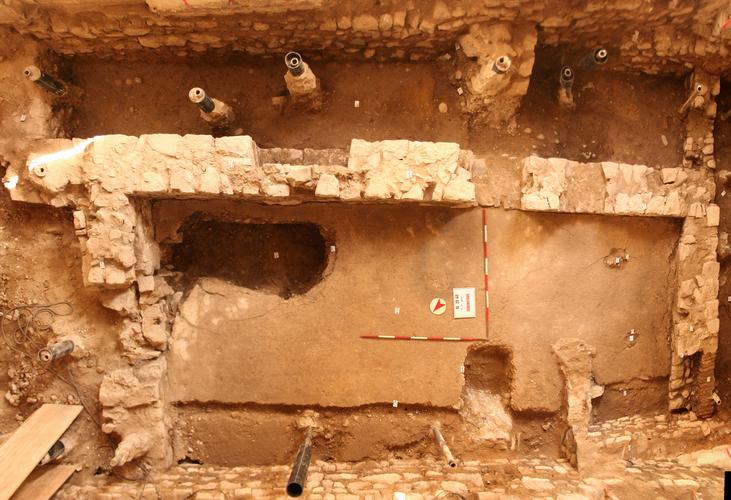
-
The Monument to Gabriele D’Annunzio
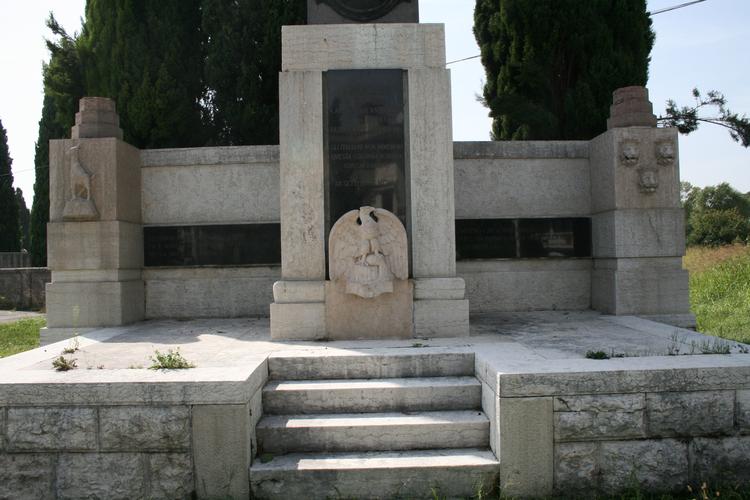
-
The Church of San Polo
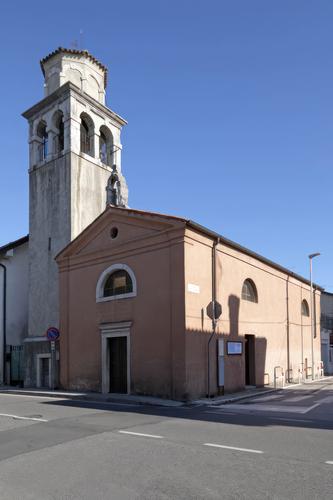
-
The Church of San Nicolò
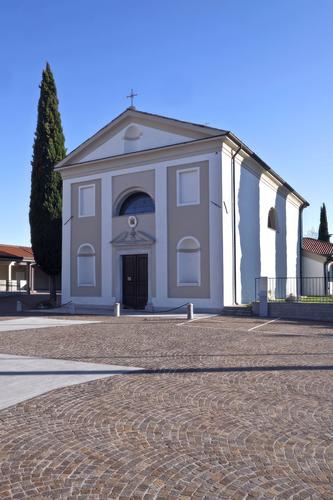
-
La Poma
